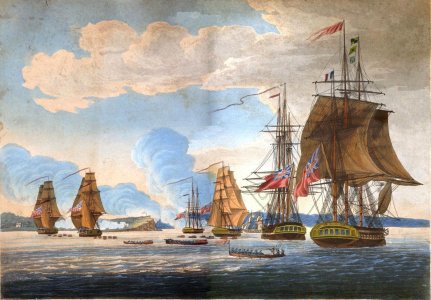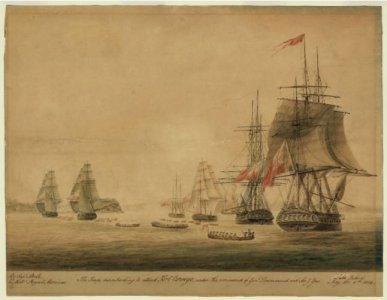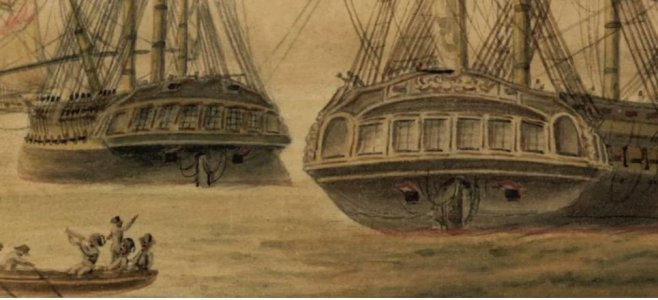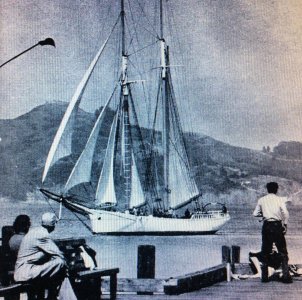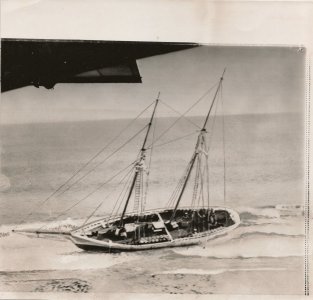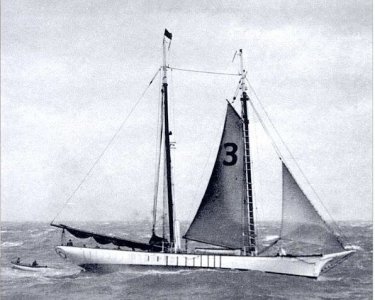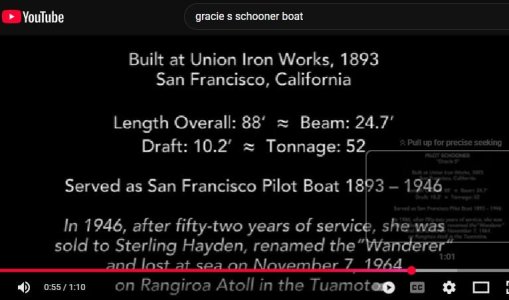Detective and sleuth are often used interchangeably to describe someone who investigates and solves crimes or mysteries. However, there is a subtle difference between the two terms. A detective is typically a professional law enforcement officer who is officially employed to solve crimes, while a sleuth is a more informal term that can refer to anyone who investigates mysteries or puzzles, whether as a hobby or as a profession. Both detectives and sleuths use their keen observation skills, deductive reasoning, and intuition to crack cases, but detectives may have access to more resources and authority in their investigations
part of model ship building is being a sleuth and following the leads. Before a single plank is cut we will know everything about the GRACIE S or any other subject that catches your interest. This is what makes the Bounty such a popular subject, we all know the story behind the ship. I find the more you know about your subject the more you become invested and the drive to "i got to build this"
There a pretty extensive article on her on the German Wikipedia page but my translator doesn't seem to be doing a great job with the translation. Hopefully we can get a native speaking German to translate.
here is a translation
Gracie S.
Specifications
Flag United States
other ship names Wanderer (1956–1964)
Type Pilot boat
Boatyard Union Iron Works, San Francisco
Launching 1893
Whereabouts Sunk in November 1964
Ship dimensions and crew
Length 28 m (Lüa)
Survey 86 GRT
Machinery
Machine Auxiliary engine
Power 120 hp (88 kW)
Maximum speed 9 kn (17 km/h)
Rigging and rigging
Rig Schooner
Number of masts 2
The Gracie S., from 1959 Wanderer, was an American pilot schooner built in 1893, i.e. a schooner used as a pilot boat. Until 1947, the Gracie S. was used off San Francisco. After changes of ownership, Sterling Hayden acquired the two-master, with which he sailed to Tahiti in 1959.
Ship's history
In December 1893, Gracie S. was delivered by the Union Iron Works in San Francisco to replace the pilot boat George F. Peabody, the only sailing ship ever built by the shipyard founded in 1883, which was otherwise better known for ships such as the protected cruiser Olympia, the battleship Oregon and steamships for the merchant navy. Gracie S. was named after the daughter of sugar merchant and shipowner John D. Spreckles. Its first owners were several men, including the pilot John McColloch. [1]
In 1900, the Gracie S. Headlines when a whale grabbed a chain hanging from the ship and pulled it out to sea. In September 1914, the schooner was one of the first pilot boats on the West Coast of the USA to receive an engine, a 120-hp bolinder from Sweden, which allowed the ship to reach a speed of 9 knots (16.7 km/h) at 280 revolutions per minute. The engine also operated several devices on board, such as an electric generator, and consumed about 30 liters of gasoline per hour. The Gracie S. was then used as an auxiliary sailor, whereupon only one topsail was used and her bowsprit was shortened. [2]
During World War I, the U.S. Navy registered ships along the west coast of the U.S. from 1916 onwards that could be used for patrols if the U.S. became involved in the war. [3] The Gracie S. was given the number SP-919 (SP = Section Patrol), but unlike many other ships (especially pure motor ships), it was never purchased and used by the Navy. [4]
Finally, the bowsprit of the Gracy S. was completely removed. Nevertheless, it was also used under sail for decades. By the 1930s at the latest, the ship was given a jib boom, which simplified sailing manoeuvres. [2]
In 1947, Gracie S. was decommissioned and purchased by Captain George Moller of Oakland. Moller initially wanted to use it as a charter ship, but soon sold it instead to actor Sterling Hayden, who had gone to sea as a young man. Hayden intended to go to Tahiti in the schooner; but when he married, he changed his plans and sold Gracie S. to photographer Ed Kennell from Seattle in the US state of Washington.
A year after his divorce, Hayden bought back the ship in 1956, renamed it Wanderer and subjected it to lengthy repair work in Sausalito near San Francisco. [5] Contrary to a January 1959 court order not to take his children out of California, Hayden secretly planned to take them to Tahiti. He put together a crew of about twenty from friends and fellow sailors won through advertisements and allegedly set sail from San Francisco to Southern California – but in fact he set course for the South Seas. His divorced wife tried to persuade the U.S. Coast Guard to stop the ship and also pursued various legal avenues.[6] But the hikers, who were not equipped with a radio anyway,[7] and their crew arrived in Tahiti unmolested. After a cruise of about a year in the South Seas, which he recorded in his autobiography Wanderer, written a little later, Hayden returned to the USA and therefore sold the schooner in 1960. [5]
In November 1964, the ship hit a reef on a charter trip in Rangiroa Atoll near Papeete and was lost. [5] An oval wooden ring, which the Gracie S. wore as a nameplate on her stern, is still preserved today in the San Francisco Maritime National Historical Park. [8]
Ship dimensions
Length 92 feet (28 meters)[9]
Bowsprit 35 feet (10.7 meters)
Volume 86 GRT; [1] 91 GRT according to US Navy data[4]
References
Tom Cunliffe, Adrian Osler: Pilots. WoodenBoat Publications, 2001, pp. 219, 224–229, 233, 238–241, 252, 259, 261, google books (with images by Gracie S.)
Sterling Hayden: Wanderer. Sheridan House, 1963/1998, ISBN 1-57409-048-8 (Autobiography; Google Books)
External links
Picture of the wanderers on the cover of Sterling Hayden's autobiography
Photo of the hikers
Footnotes
Tom Cunliffe, Adrian Osler: Pilots. WoodenBoat Publications, 2001, p. 227, google books
83 feet according to Tom Cunliffe, Adrian Osler: Pilots. WoodenBoat Publications, 2001, pp. 227, 238-239, google books
"SP" #s and "ID" #s – World War I Era Patrol Vessels and other Acquired Ships and Craft at Online Library of Selected Images: U.S. Navy Ships – Listed by Hull Number, history.navy.mil; retrieved 15 May 2007
"SP" #s and "ID" #s – World War I Era Patrol Vessels and other Acquired Ships and Craft numbered from SP-900 through SP-999 on Online Library of Selected Images: U.S. Navy Ships – Listed by Hull Number, history.navy.mil; retrieved 15 May 2007
Tom Cunliffe, Adrian Osler: Pilots. WoodenBoat Publications, 2001, p. 238, google books
To Break Out. In: Time, February 9, 1959; retrieved 14 May 2007
Hayden on his Way to South Seas. In: United Press International, 24 January 1959. Sheridan House, New York 1998, p. 250, google books
Tom Cunliffe, Adrian Osler: Pilots. WoodenBoat Publications, 2001, p. 239, google books
83 feet according to Tom Cunliffe, Adrian Osler: Pilots. WoodenBoat Publications, 2001, p. 227, google books





